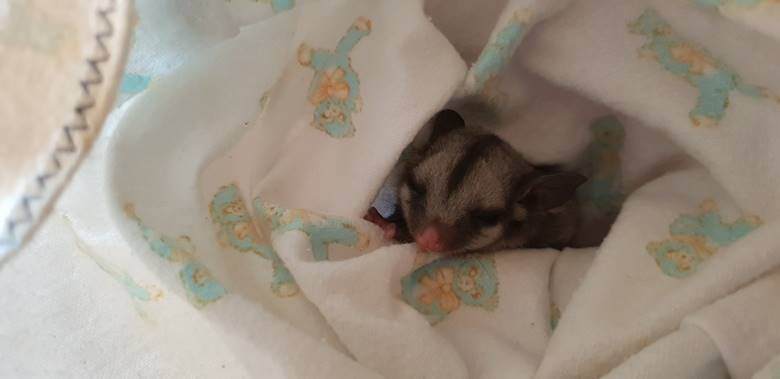WIRES Giving Day - Save the Wild!
September 2025
For emergency rescue support 24/7 please call 1300 094 737

Photo credit: WIRES Northern Rivers
With such terrible fires sweeping across NSW and Queensland, WIRES are very aware of the tragic toll on wildlife. In the event of a major fire, the unfortunate reality is that the majority of wildlife in the immediate area of the fire, those which are unable to escape, generally perish.
Where fires are less intense, however, there is likely to be some animals which are burnt and need immediate critical care. Unfortunately we are not often allowed in to fire areas for some time for safety reasons. However, our wonderful fire fighters do look out for injured wildlife and do liaise with WIRES if required.
Often it is not till much later, after the fires have passed, that wildlife come into care with WIRES. Injured wildlife can be found months after the fires and may move in to populated areas seeking food, water or shelter. Animals might not initially seem injured but may have burns to their feet or tails or may be experiencing smoke inhalation, dehydration or starvation.
This Sugar Glider, fondly named Little Cinders, was found after the Tabulam fires earlier this year. She was found alone inside a hollow tree that collapsed after being burnt out. Little Cinders smelt of smoke but was otherwise in good health. Her family had, however, fled, so she was brought into care with WIRES. Cinders went on to be successfully released.It is VERY important that any wildlife that is found following a fire is reported to a wildlife group or taken to a vet. Animals will be in need of specialist attention and trained and licensed wildlife carers are best to provide this assistance. Please do not attempt to care for native animals yourself.
There are many ways that people can assist wildlife in distress:
For more information read WIRES Bushfire Factsheet.
WIRES Northern Rivers covers the area of the Drake/Ewingar fires – easterly from Drake. Please phone (02) 6628 1898 for wildlife assistance. For Clarence Valley and other regions in NSW please call WIRES NSW Rescue Line on 1300 094 737.
WIRES relies heavily on the generosity of caring people for support. All gifts $2 and over are tax deductible.
All branches need help to feed the native animals in care, please donate now to WIRES Wildlife Food Fund.
Stay in touch and get our regular rescue stories, WIRES updates and a free copy of our 15 Ways to Help Wildlife ebook
September 2025
June 2025
May 2025
April 2025
March 2025
February 2024
July 2023